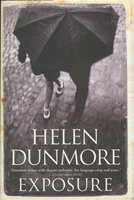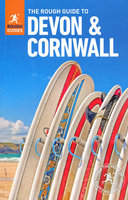New, Quality Books - 50-90% off, over 2500 titles
Your basket is empty.
Categories Last Chance to buy! CORNWALL: Romans to Victorians
CORNWALL: Romans to Victorians
Book number: 90674
Product format: Paperback
In stock
Bibliophile price
£3.50
Published price
£12.99
Customers who bought this product also bought
|
600 QUESTIONS BEGINNER TO EXPERT: ART GAME
Book number: 93875
Product format: Paperback
Bibliophile price
£3.00
Published price
£9.95
|
|
LAST LEONARDO
Book number: 93575
Product format: Paperback
Bibliophile price
£2.75
Published price
£9.99
|
|
ROUGH GUIDE TO DEVON & CORNWALL
Book number: 93593
Product format: Paperback
Bibliophile price
£5.50
Published price
£13.99
|
|
|
Browse these categories as well: Last Chance to buy!, Great Britain, Maps & the Environment, History







